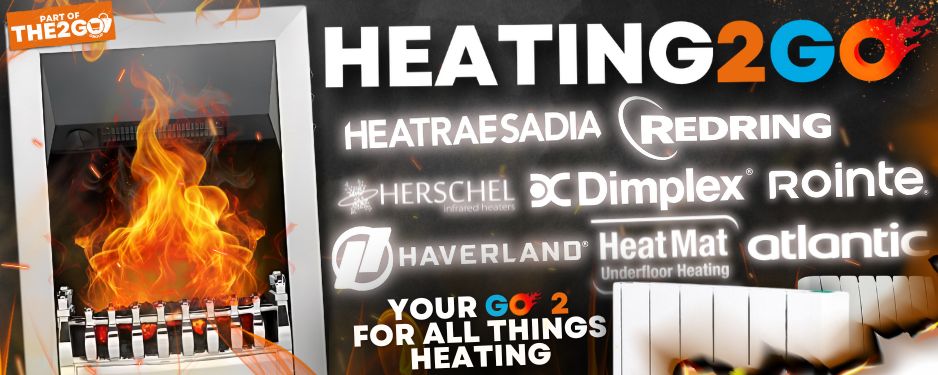I'm specifying a new system. It has a 15M head, I called Grundfos and they recommended Magna3 40-150 rrp £1,640. (using rrp for reference only)
A friend recommended 2 no. Grundfos Magna3 32-80 in series, rrp £628 (Total £1,256).
Running costs of 2no. 32-80 is a third of 40-150.
Grundfos technical advised they do not recommend running in series, nor do they recommend you do not run in series, they are mute on the subject.
This seems like a no brainer to me, what am I missing?
A friend recommended 2 no. Grundfos Magna3 32-80 in series, rrp £628 (Total £1,256).
Running costs of 2no. 32-80 is a third of 40-150.
Grundfos technical advised they do not recommend running in series, nor do they recommend you do not run in series, they are mute on the subject.
This seems like a no brainer to me, what am I missing?


